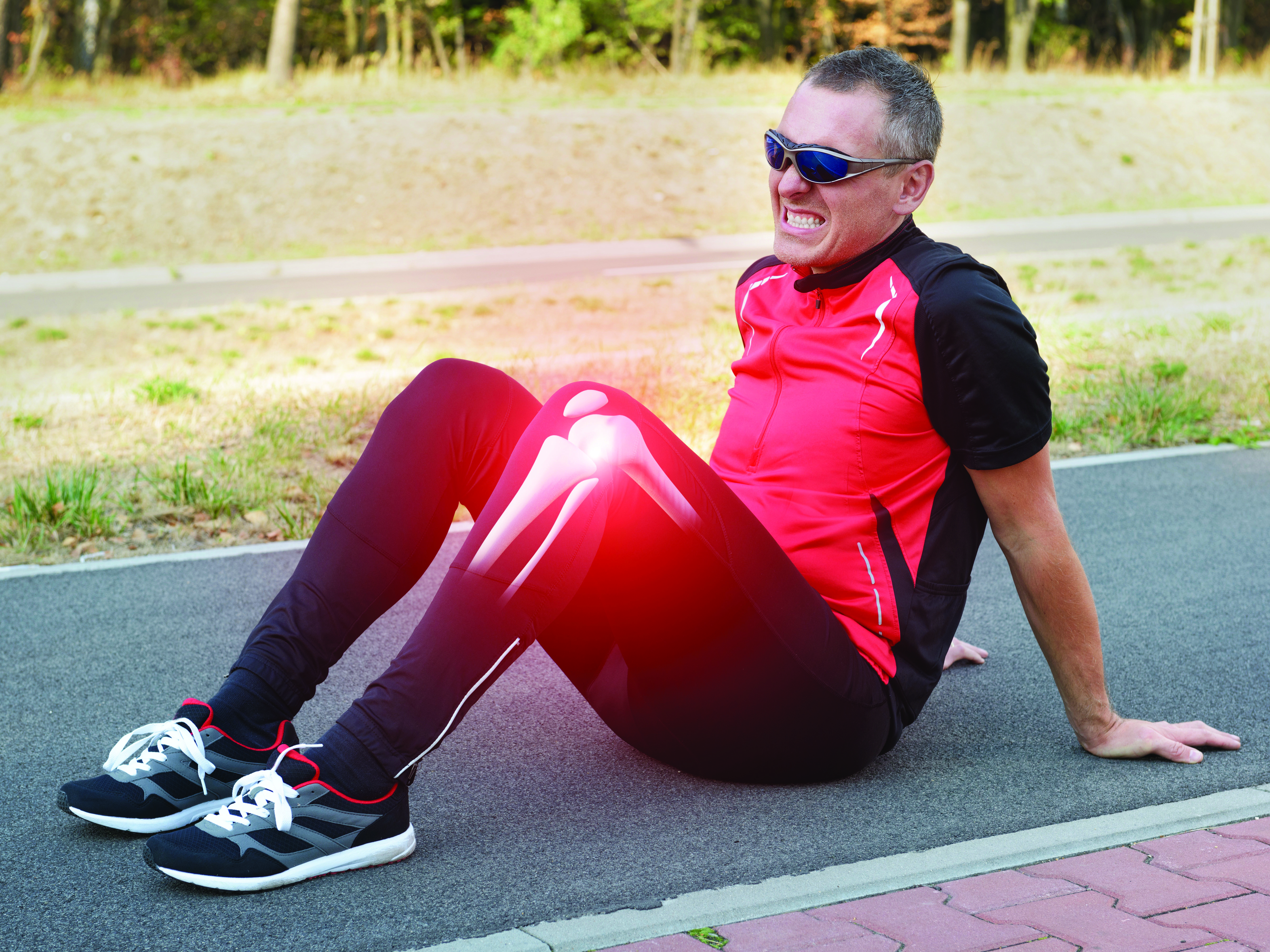Can you train through an injury?
The short answer is yes, but obviously it depends on the injury. The truth is when most people get injured they either want to tough it out and keep going which ultimately makes the injury worse, or they give up completely, which is just as bad. Over the years the most important lesson I’ve learned is to never train through pain. If you become injured it’s important that you address it immediately and consult your doctor if the injury gets worse or doesn’t improve. For those that run into the occasional injury, here are some tips to help handle the situation, not make it worse, and some exercises you can do to stay active while you heal.
Nutrition is key.
What we eat plays a significant role in how quickly our body heals. Healing from an injury can take weeks, sometimes months (depends on the individual), but you can help the healing process by eating a well-balanced diet. Turmeric and ginger help with reducing inflammation so consider adding them to your meals, a smoothie, or even your water. I’m a huge proponent for eating tons of fruits and vegetables, even more so when you’re recovering; anywhere between 6-10 servings of fruits and vegetables is ideal.
Know what to do in the event of an injury.
As a trainer, if one of my clients goes down with a sprained ankle or knee issue, I immediately follow the RICE method (Rest, Ice, Compression, and Elevation). Ice is important because it reduces swelling and provides some relief to the injured area. It’s recommended to apply ice 15 minutes on and 15 minutes off for up to an hour. Elevating the limb is great to keep swelling down as well.
Figure out what exercises you can still do.
It’s important to keep a list of exercises that feel good and which ones don’t. The list may be very short for the first few weeks, even months, but that’s ok. Exercise doesn’t have to be complicated for it to be effective. I recommend you slowly and carefully attempt an exercise, pay attention to how your body feels, and if you are able to complete the movement without pain go ahead and add it to your list of acceptable exercises. Over time, as your injury improves, you can begin testing other movements. Just remember, you may never be able to do what you did before the injury so focus on the things you CAN do rather than what you can’t.
Make sure you’re really warmed up.
Most people start exercising before their body is truly warmed up. The whole point of the warmup is to prepare your body for work. Therefore, it should be challenging but sustainable. The warmup should be an extension of the actual workout. During the warmup, be mindful of how the body feels. Is there an area that’s tighter than others? If so, consider mobility stretching and dynamic stretching to work those muscles. Dynamic and mobility movements are effective because they stretch the body through movement rather than the traditional static hold stretches. One example of dynamic stretching is a caterpillar walkout or runners pose into a plank hold. The warmup should be between 10-15 minutes in length.








